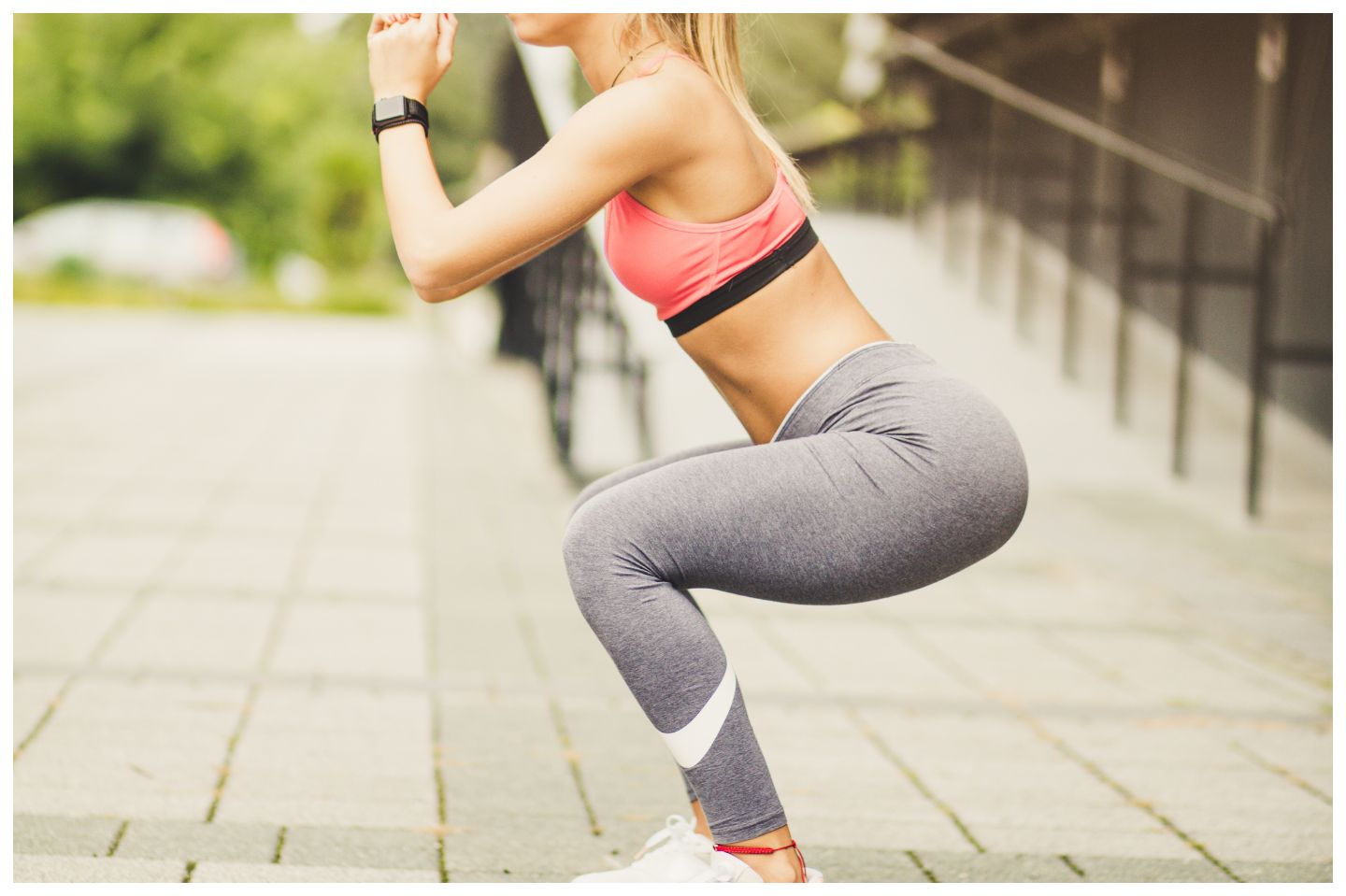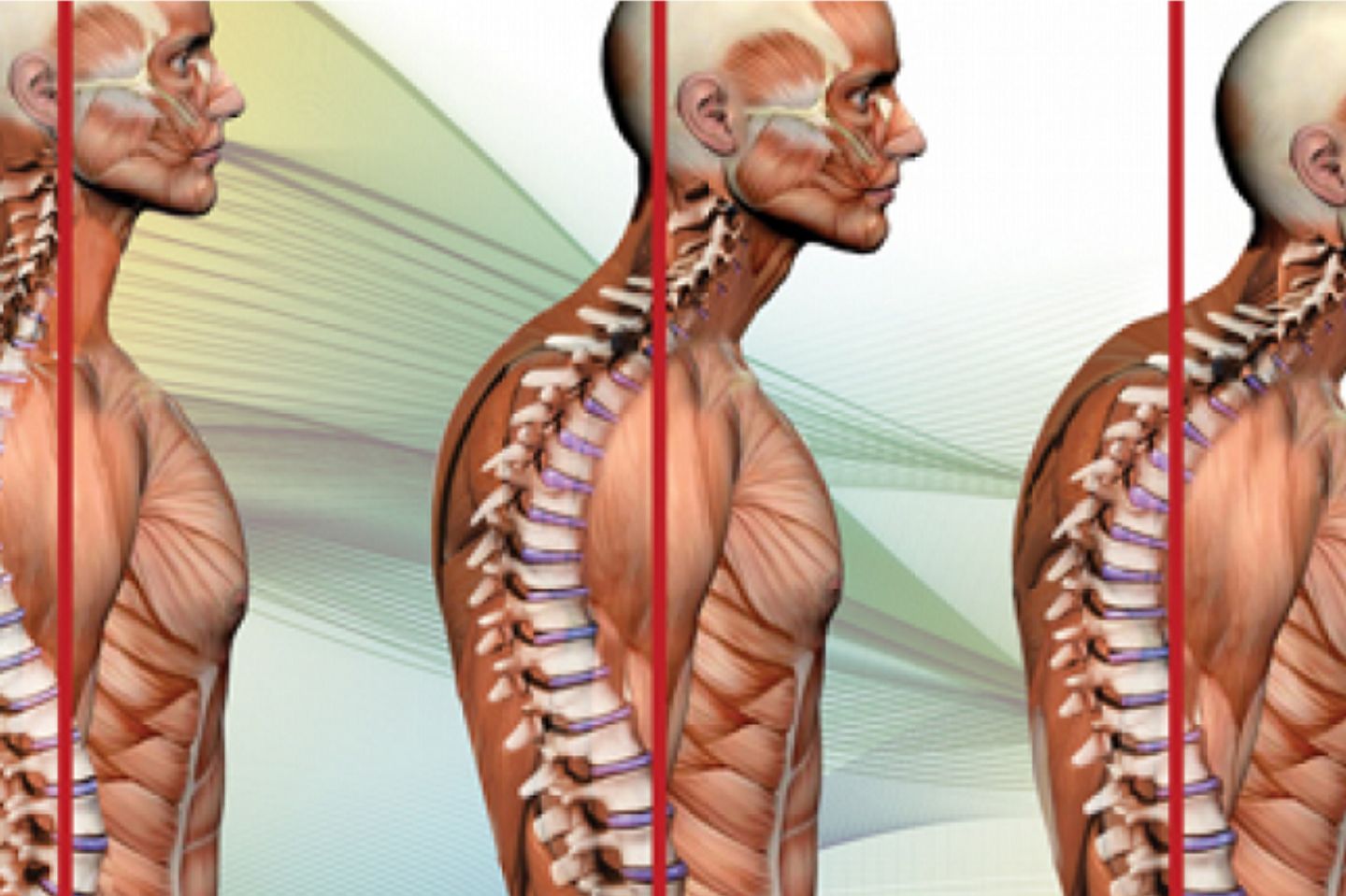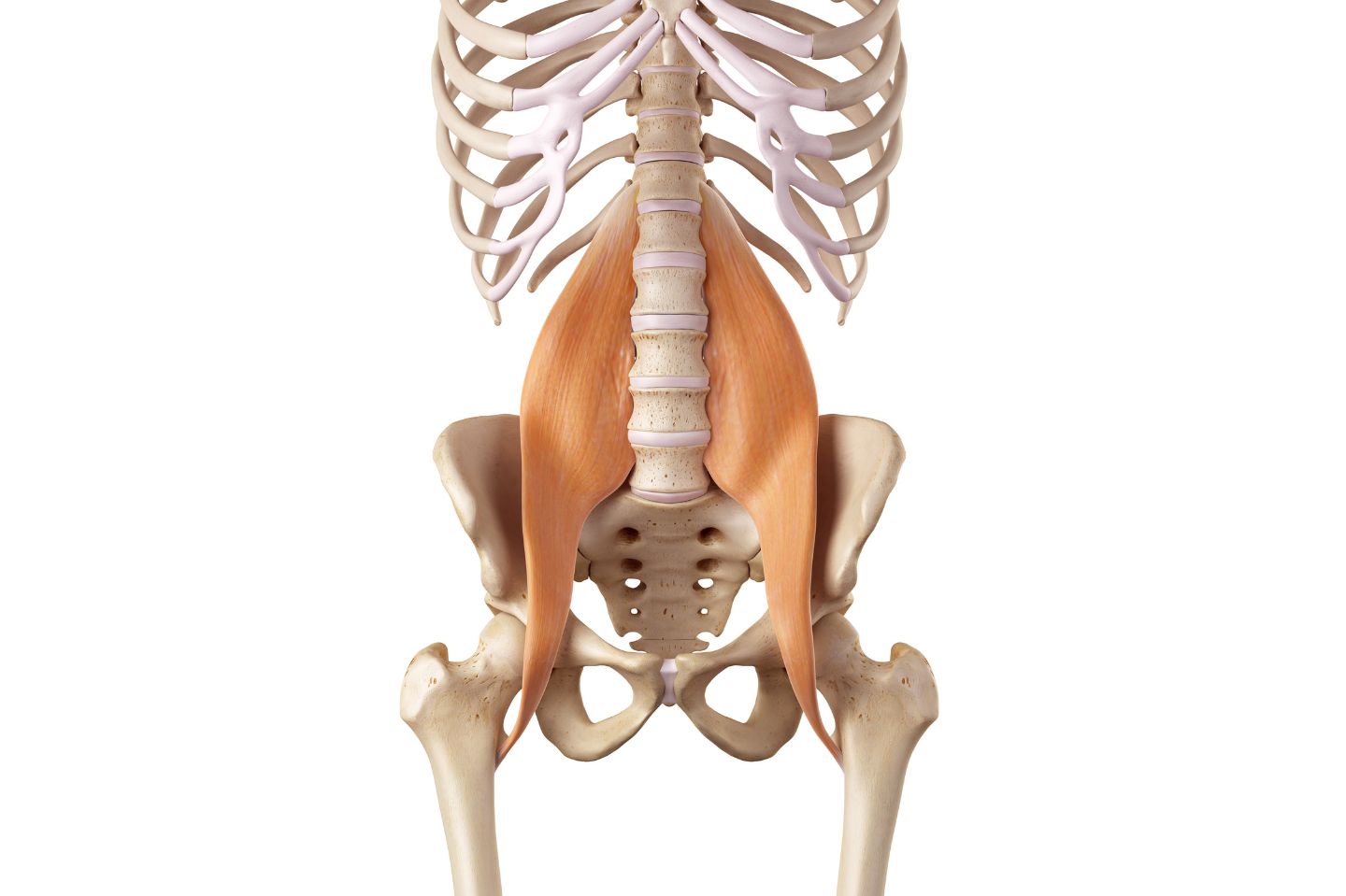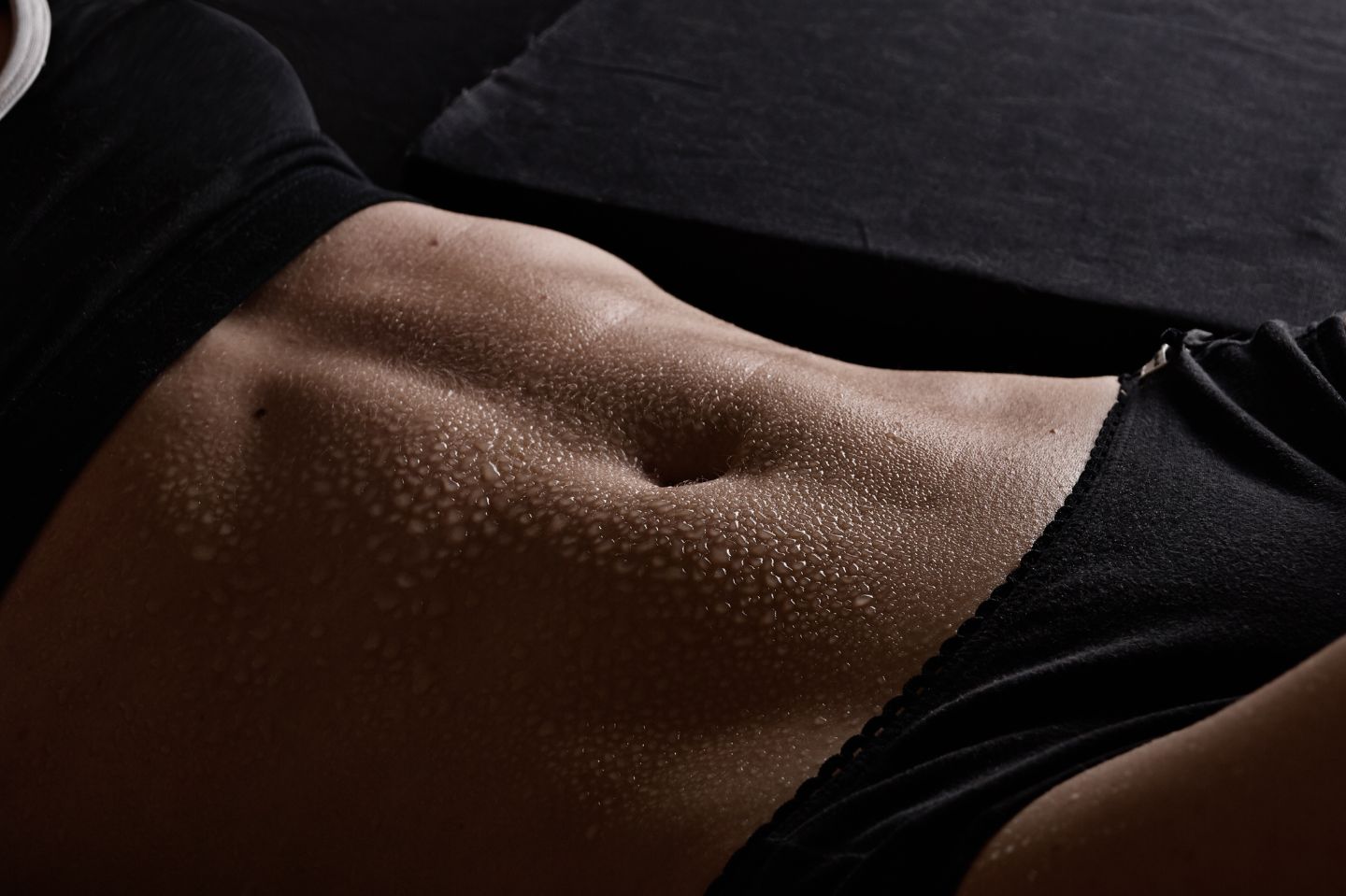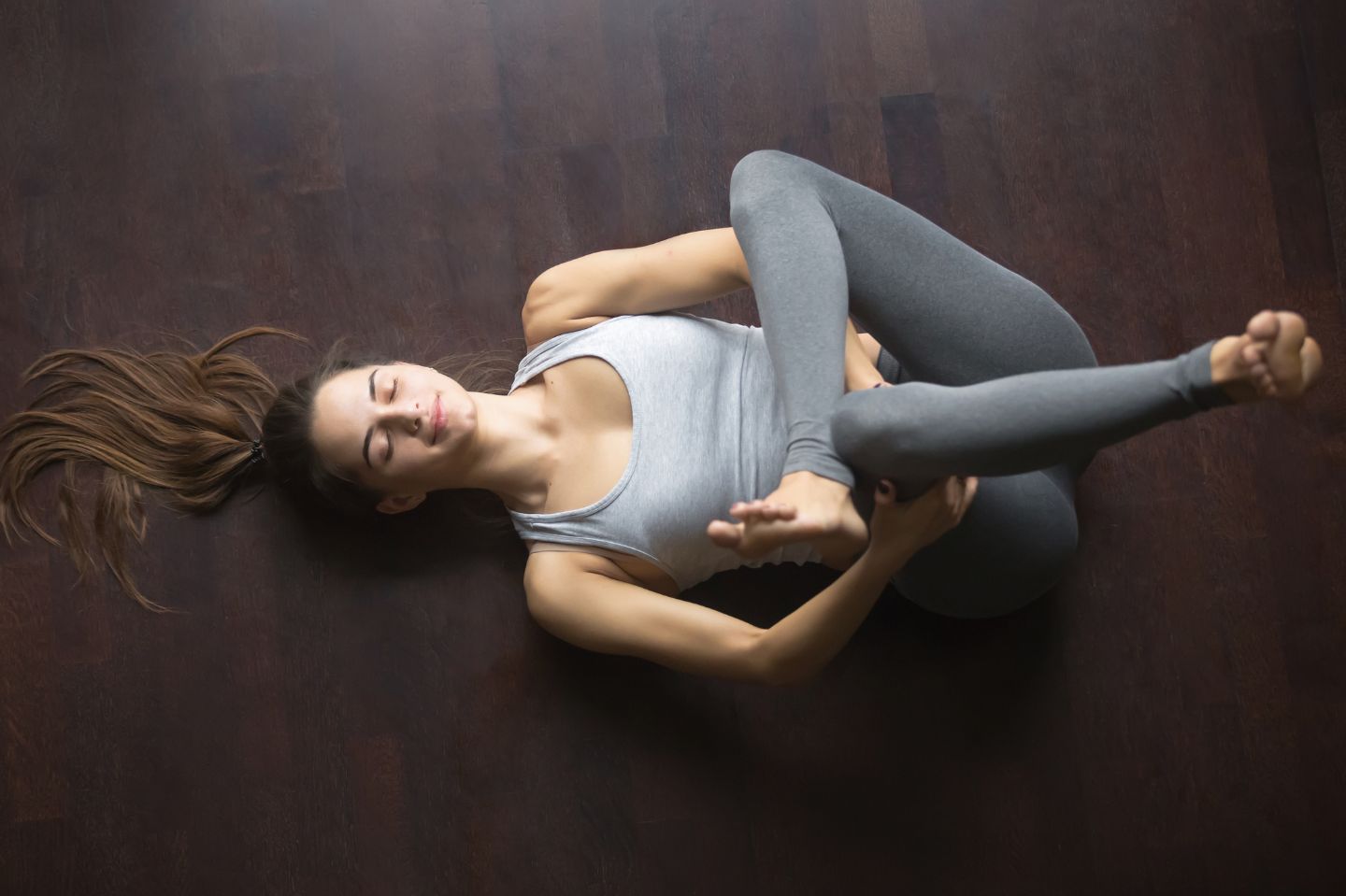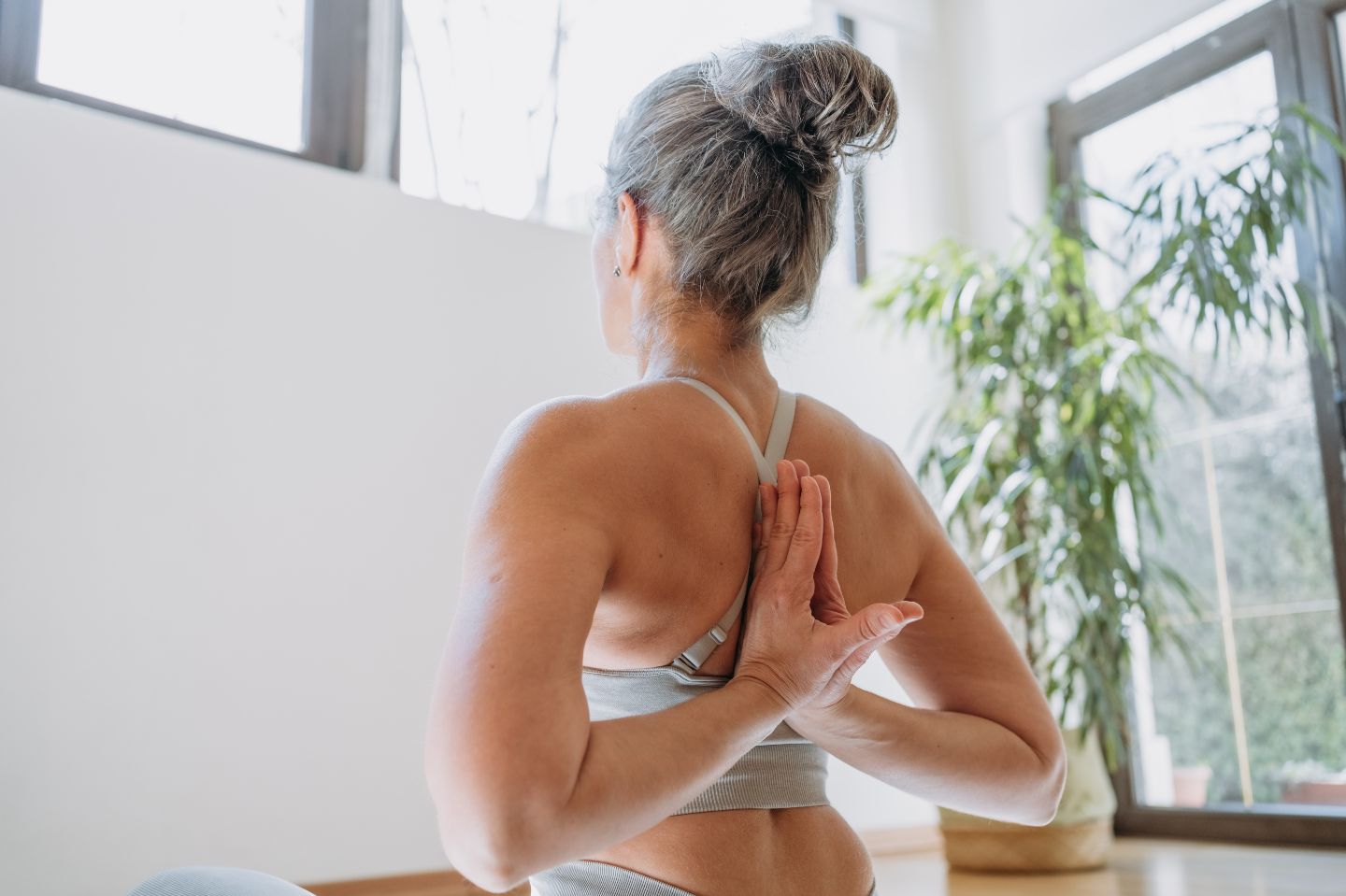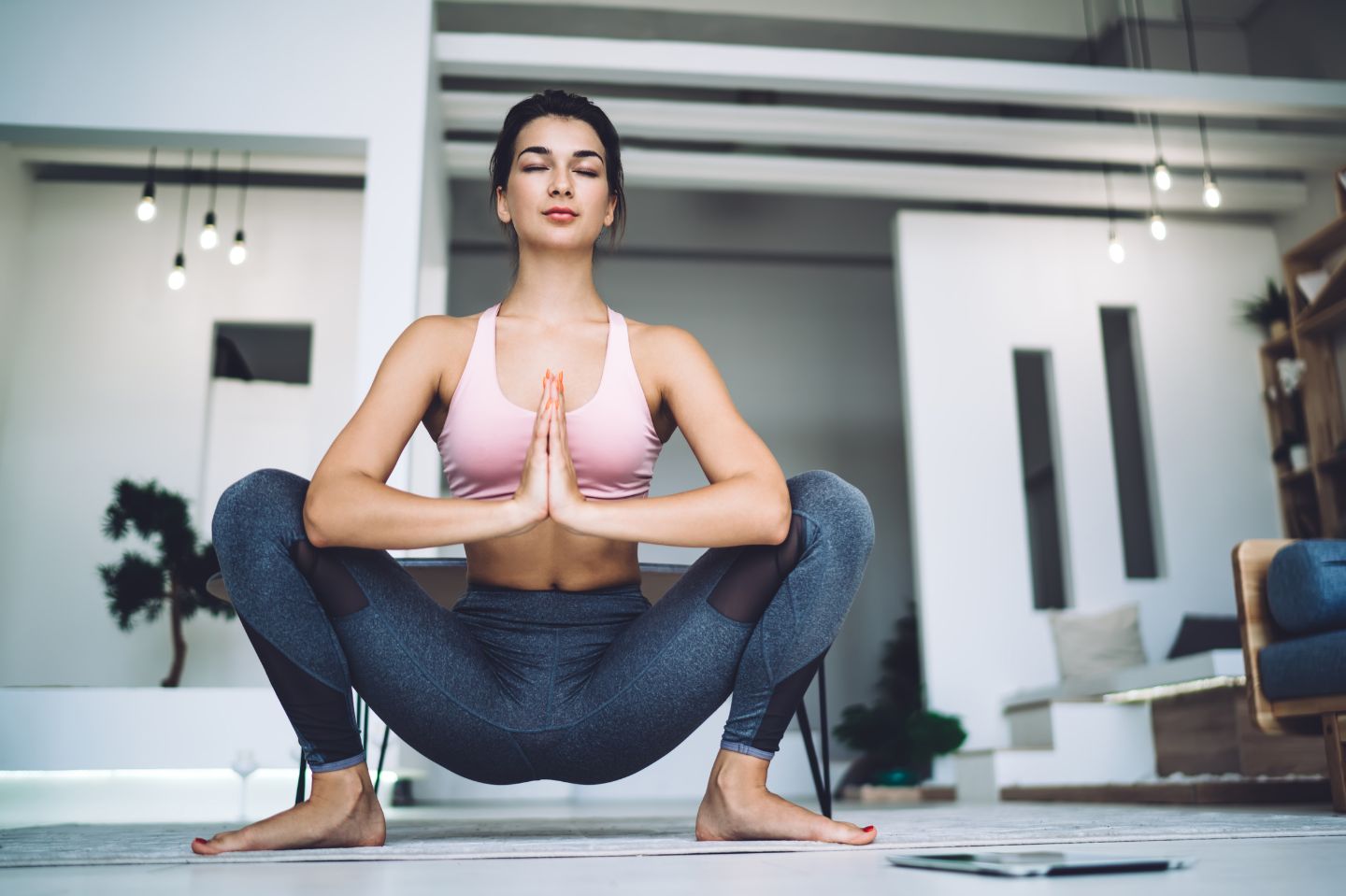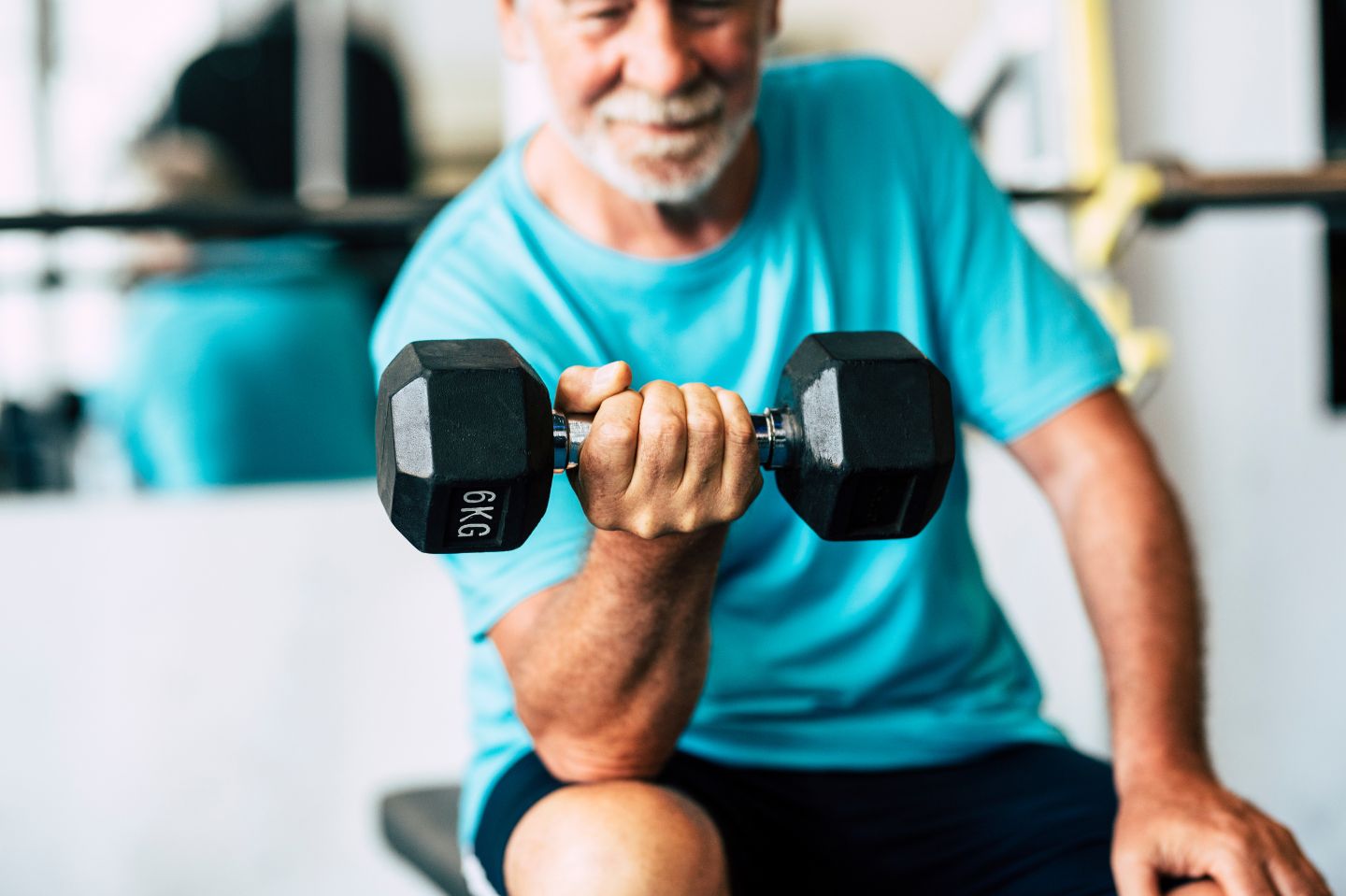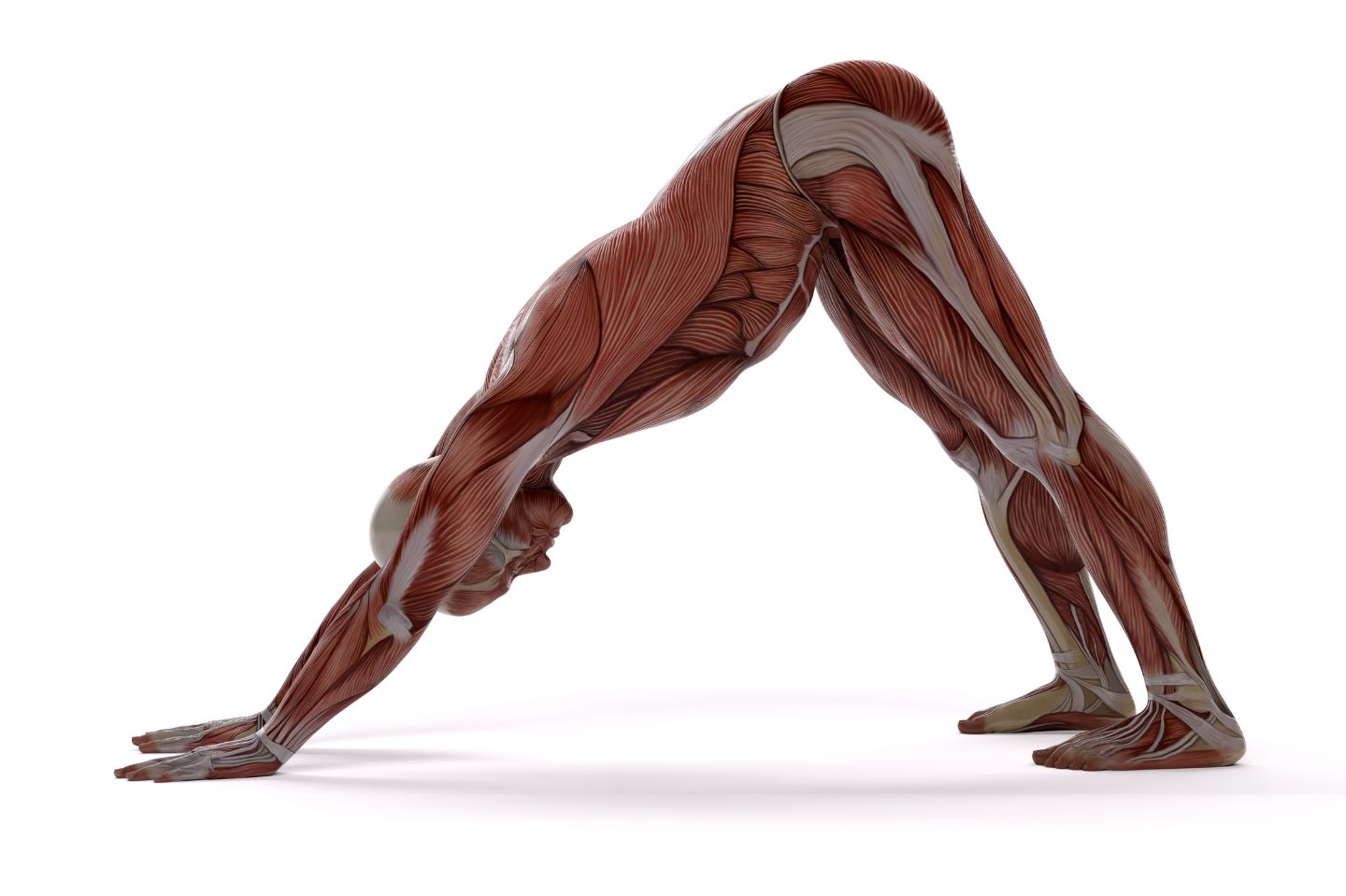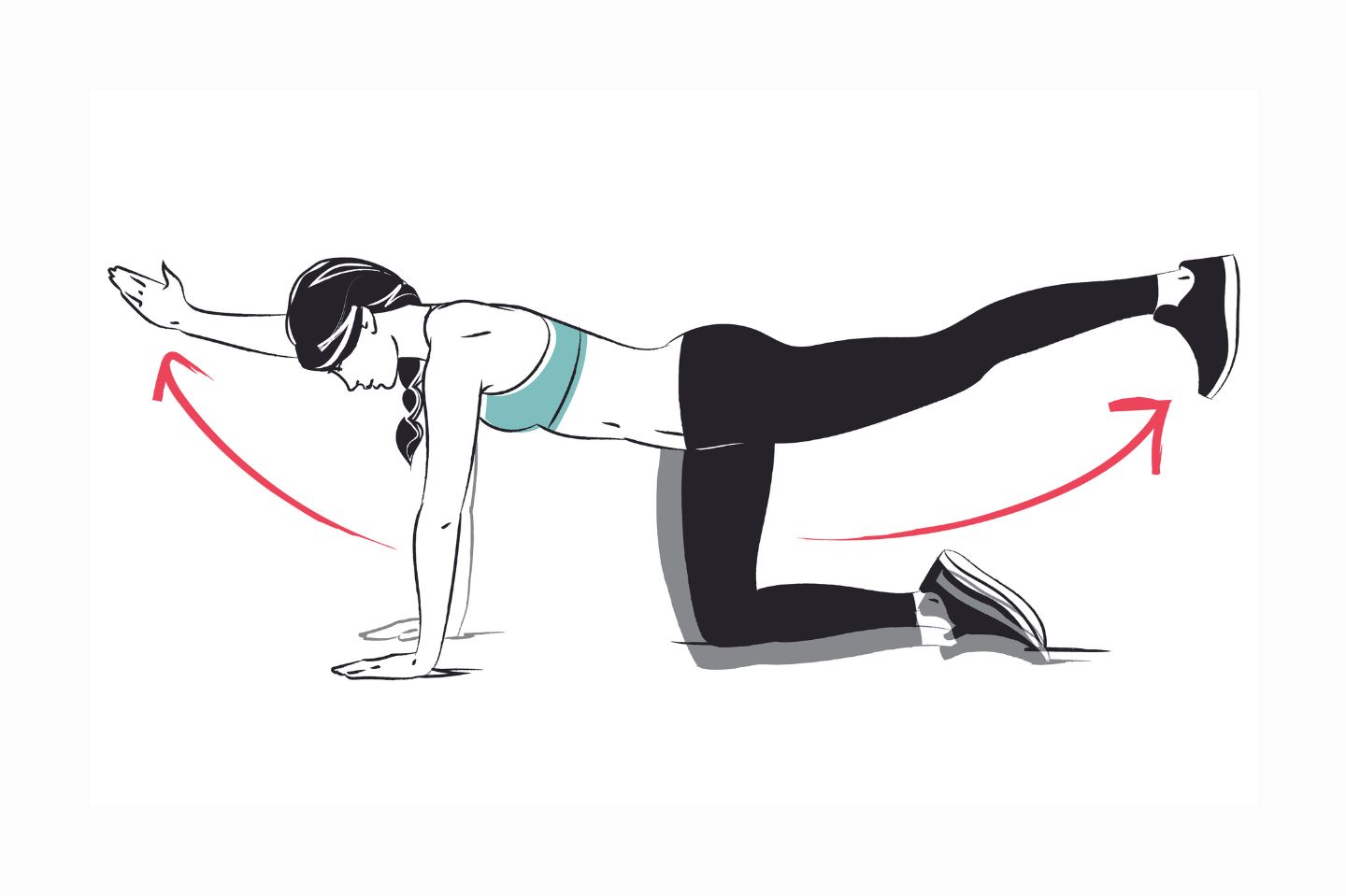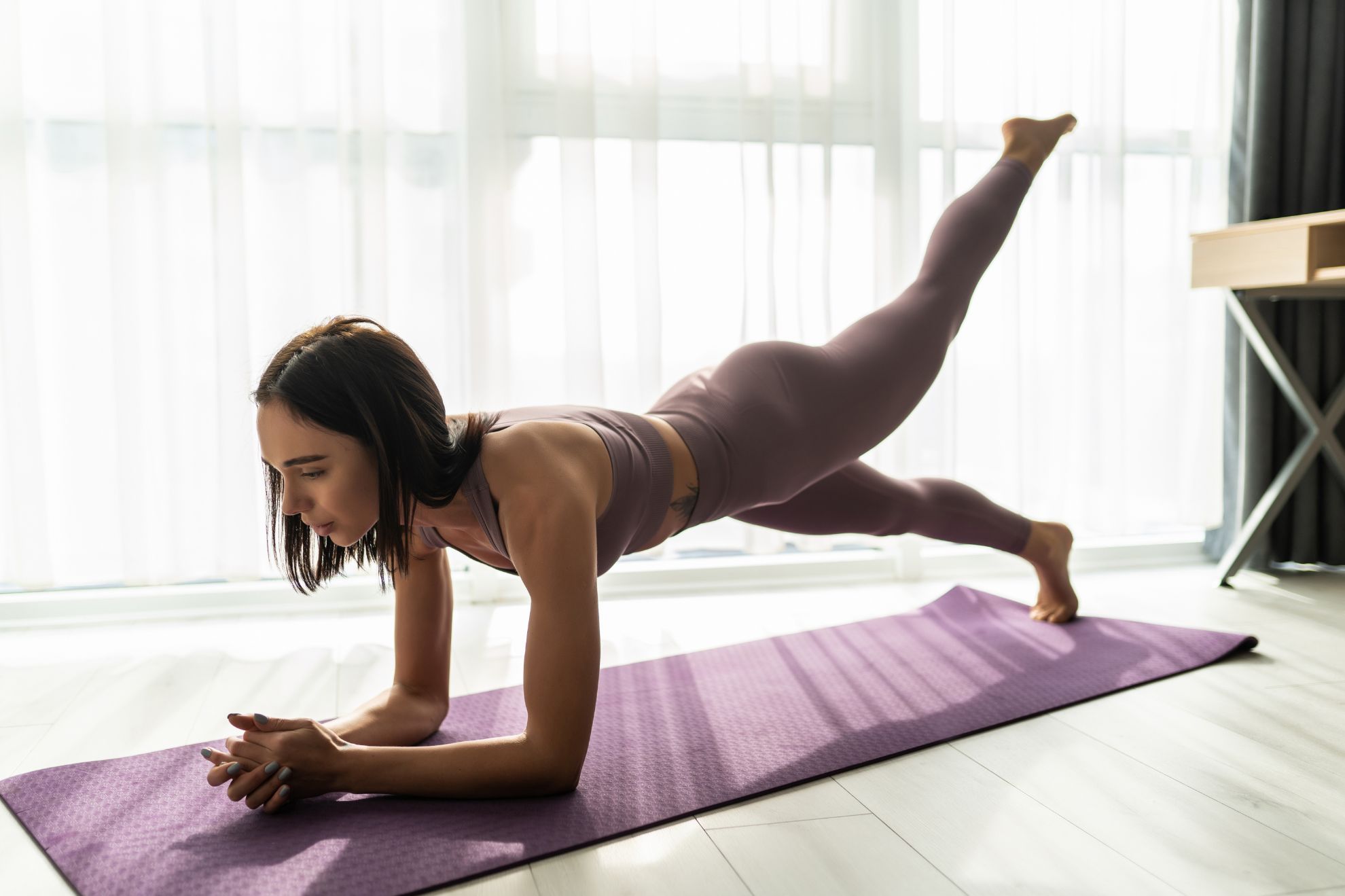A dowager is an antiquated term used to describe an older woman who has been widowed. Unfortunately, this term then came to describe a characteristic hyperkyphosis or hump on the back of the neck, which often affects older women.
This orthopedic problem is especially prevalent in today’s society. Working on computers and phones forces us into a forward head posture which may increase the likelihood of developing a Dowager’s hump.
There are a number of options for the treatment of Dowager’s hump. But one of the easiest, safest, and most effective ways to address this issue is through exercise. In this post, I’ll outline some of my favorite exercises for improving posture and fixing a Dowager’s hump.
Dowager’s Hump 101
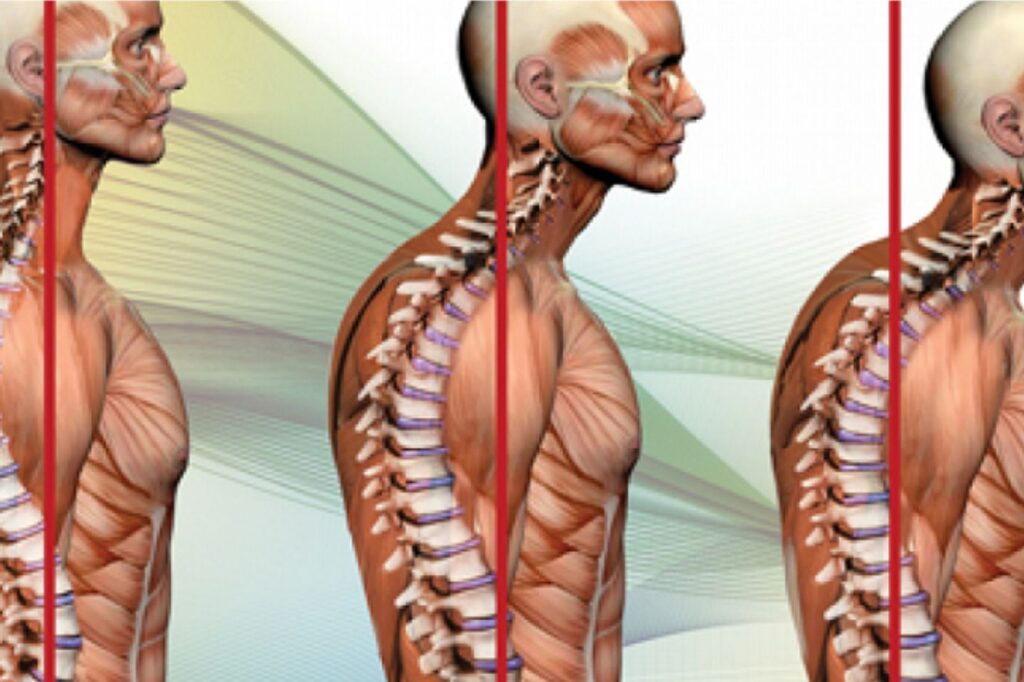
As was mentioned in the introduction, a Dowager’s hump is more technically known as hyperkyphosis. This means that the spinal curve is more extreme than it should be in the upper back, near the neck.
It’s unclear exactly why people develop a Dowager’s hump, but it seems like some people may be more predisposed to developing one due to their genetics, lifestyle, and from disorders they develop as they age, such as osteoporosis.
When treating a Dowager’s hump, clinicians have a number of tools at their disposal. For instance, taping, bracing, manual stretching, and exercise can all be effective for this issue.
Luckily, a Dowager’s hump is far from a death sentence. While it might restrict your mobility and can be uncomfortable, it’s not a “serious” issue in the grand scheme of things. That being said if you want to reduce your Dowager’s hump, let’s take a look at some moves to help you do so!
Exercises for Reducing a Dowager’s Hump
In this section, we’ll review 11 key exercises for improving posture. While it’s not always possible to completely eliminate a Dowager’s hump, it is always a good idea to perform regular postural stretches. So, let’s get to it!
1. Seated Chin Tucks
One of the issues related to Dowager’s hump is neck muscle tightness and weakness. On the front of the neck, we find a few muscles which lie deep underneath the skin. But these muscles are incredibly important and underemphasized in most exercise programs. Chin tucks are a great way to work the deep cervical flexors.
How to Perform
- Sit in a firm chair, maintaining as straight of a spine as you can.
- Attempt to tuck your chin straight backward, without moving your upper body very much, if at all.
- Hold this position for 10 seconds and repeat 10 times.
- As this gets easier, you can progress to performing this exercise while lying down.
- Complete this exercise 5-7 times per week.
2. Scap Retracts
The shoulder blades, also known as the scapulae, are the large, flat bones found on either side of the upper back. Often, these structures, and the muscles that connect to them, will begin to round forward with age. This exercise attempts to correct this rounding issue.
How to Perform
- In a seated position, sit up as tall as you can.
- Next, pull your shoulder blades down and back, moving no other part of your body.
- Hold this retraction movement for 10 seconds and repeat 10 times per session.
- Complete this exercise 5-7 times per week.
3. Cat-Cow
Cat-Cow is seen in nearly every yoga class. This move, simple as it may seem, is one of the best ways to mobilize the upper back and neck.
How to Perform
- Start on hands and knees.
- With your inhale, allow your lower back and stomach to sag down as you lift your head up.
- As you exhale, round your back and tuck your chin to your chest.
- Repeat in this alternating manner for 15 reps.
- Complete this exercise 5-7 times per week.
4. Prone Alphabets
To be clear, you don’t have to do the whole alphabet. Just a few of the most important letters apply here. Namely: T, I, Y, and W.
How to Perform
- Lie on your stomach.
- Keep your arms straight and lift them directly over your head toward the ceiling to perform the “I”.
- Next, move your arms straight out to the sides, making your body into a “T”. Lift your arms up and down from floor to ceiling.
- After that, bend your elbows, but keep your hands facing down so that you assume a “W” position.
- Last, but not least, straighten out your arms and position them halfway between the “I” and “T” position to complete the “Y”.
- Perform 10-15 of each movement for 3 sets per session at least 3 times weekly.
5. Snow Angels on the Wall
Who doesn’t love making snow angels? While this exercise isn’t quite as fun as laying out in a winter wonderland, it does provide a great stimulus for improving your posture.
How to Perform
- Stand with your back, buttocks, and head in contact with a wall.
- Raise your arms up to the side, making a “W ” shape with your elbows bent.
- Ensure that the back of your arms and hands are touching the wall.
- Slide your arms up and down the wall, keeping contact the whole time.
- Complete 10 slides for 3 sets, 3 or more times per week.
6. Standing Posture Stretch
Simply standing and assuming a good posture can be a great exercise for correcting a Dowager’s hump.
How to Perform
- Stand as you normally would.
- Next, assume a perfect posture, pulling your shoulders and head back.
- Hold this position for 1 minute, then relax. Repeat daily.
7. Pushup Plus
The serratus anterior is a muscle that lies in front of the scapula and rib cage. This important muscle serves to protract the shoulders or pull them forward.
How to Perform
- On the ground (or on a wall, if you’re a complete beginner), straighten out your arms so that you are in a pushup position.
- Next, push the ground or wall away from you even more, rounding your shoulders.
- Hold for 10 seconds, then return to the starting position to complete the rep. Perform 3 sets of 10 reps each session.
- Repeat this exercise 3 times or more per week.
8. Band Pull Aparts
Resistance bands are great for mobility and strength. These simple tools allow for nearly limitless possibilities in terms of strengthening the entire body.
How to Perform
- In standing or sitting, hold a band with both hands.
- Keeping your arms straight, lift them out in front of you.
- Pull the band out to the sides, stretching it.
- Hold for 5 seconds and repeat for 3 sets of 10 reps, 3 times or more per week.
9. Child’s Pose on Swiss Ball
If you don’t have access to a Swiss ball, you can use a chair instead of this exercise. Or, if need be, you can even just perform this move on the ground.
How to Perform
- Place your forearms on the ball with your knees on the ground.
- Rock backward so that your head moves closer to the ground and allow the ball to roll slightly.
- Hold this stretched position for 30 seconds and repeat 4 times per session.
- Repeat 3 or more times per week.
10. Reverse Shoulder Roll
Simply rolling the shoulders is a great way to warm up the upper body and cue yourself to maintain better posture.
How to Perform
- In standing, lift your shoulder blades and roll them back, then continue to move them in a circle.
- Complete 20 rolls, once per day.
11. Pec Stretch on Door Jamb
The pecs are chronically tight on most people, especially those who sit a lot. By stretching them out in your doorway, you’ll often notice your posture improve significantly.
How to Perform
- Stand in a doorway.
- Place your forearms on the sides of the door jamb, with your elbows bent to about 90 degrees.
- Lean forward until you feel a stretch.
- Hold for 30 seconds and repeat 4 times per session at least 3 times per week.
Conclusion
Many people would like to reduce or eliminate their Dowager’s humps. While exercise isn’t a guarantee for this condition, it can help significantly. On the plus side, as long as there are no other complicating factors, exercise is generally very low risk. So, once you’ve spoken to your doctor about any concerns you may have, try this routine out and see if it helps you!
Works Cited
- Chau C, Chu EC, Huang KH, Tam D, Cheung G. Remission of Dowager’s hump by manipulative correction of spinal alignment: a case report. J Med Life. 2023 Jun;16(6):957-962. doi: 10.25122/jml-2023-0026. PMID: 37675179; PMCID: PMC10478669.
- Katzman WB, Wanek L, Shepherd JA, Sellmeyer DE. Age-related hyperkyphosis: its causes, consequences, and management. J Orthop Sports Phys Ther. 2010 Jun;40(6):352-60. doi: 10.2519/jospt.2010.3099. PMID: 20511692; PMCID: PMC2907357.


